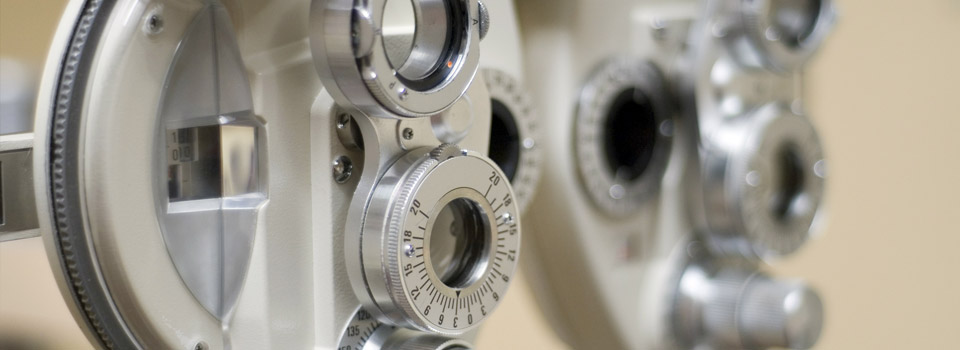
As the summer approaches and days get longer, it is a good time to review your UV protection options for your life outdoors this summer. Most people are well-versed in sunscreen for your skin, but let’s not forget that your eyes need protection from damaging UV rays as well.
UV rays can contribute to development of cataracts, macular degeneration, skin cancers on your eyelids, age spots, and tissue growths on the surface of the eye.
To protect your eyes from harmful UV rays, we recommend layers of protection. A pair of well-fitting sunglasses with full spectrum UV protective lenses is your most important layer for both your eyes and the delicate skin around your eyes. Wear a hat with a brim to keep out the overhead rays from sneaking behind your sunglasses. Some contact lenses also come with varying levels of built-in UV protection.
The Goods on Good Sunglasses
Your sunglass lenses should have 100% UV protection. Sunglass tints can vary: grey tends to be the darkest, followed by brown lenses, then rose and green. Choosing a tint is really based on personal preference, and the activities that the lenses might be used for.
Polarization is a worthwhile added feature of sunglass lenses. Polarized lenses cut down on glare off horizontal surfaces – think glare off water or snow, or even the windshields of vehicles. Your sunglass lenses can also have antireflective coatings on the back surface of the lenses, to prevent sunlight from behind reflecting off the back surface of your lenses into your eyes.
One pair of glasses is often not enough to both correct your vision and protect you from UV under all conditions. Transition lenses with built-in UV protection are great for daily use, and you can switch to full coverage sunglasses when you are driving or spending more time outdoors. Sport-specific sunglasses can give excellent coverage while being sleek, wind-resistant, and less likely to fog with high-output activities.
Remember that children are at high risk. It’s estimated that 50% of lifetime exposure to UV happens before the age of 18. Keep children younger than six months out of direct sunlight, and ensure children of all ages wear sunglasses and sun hats when outside.


